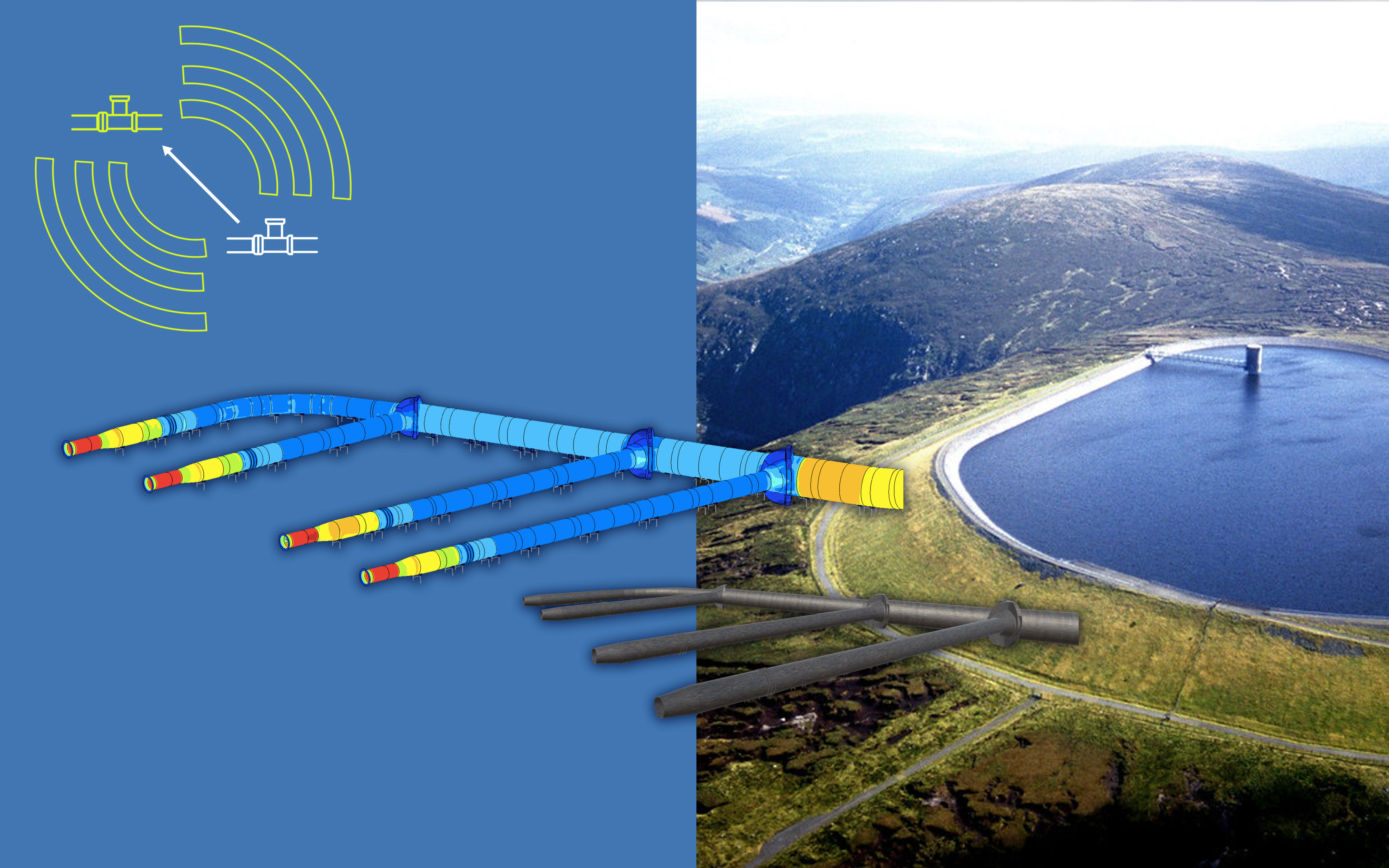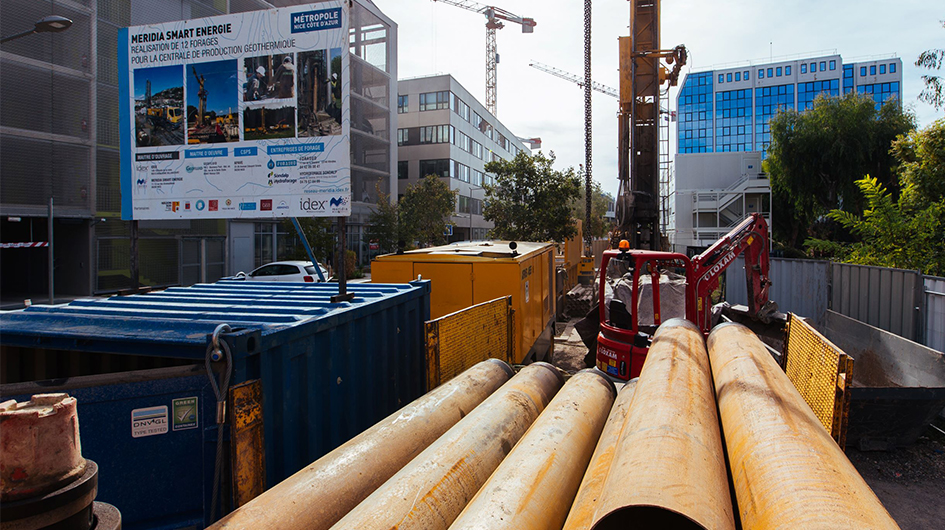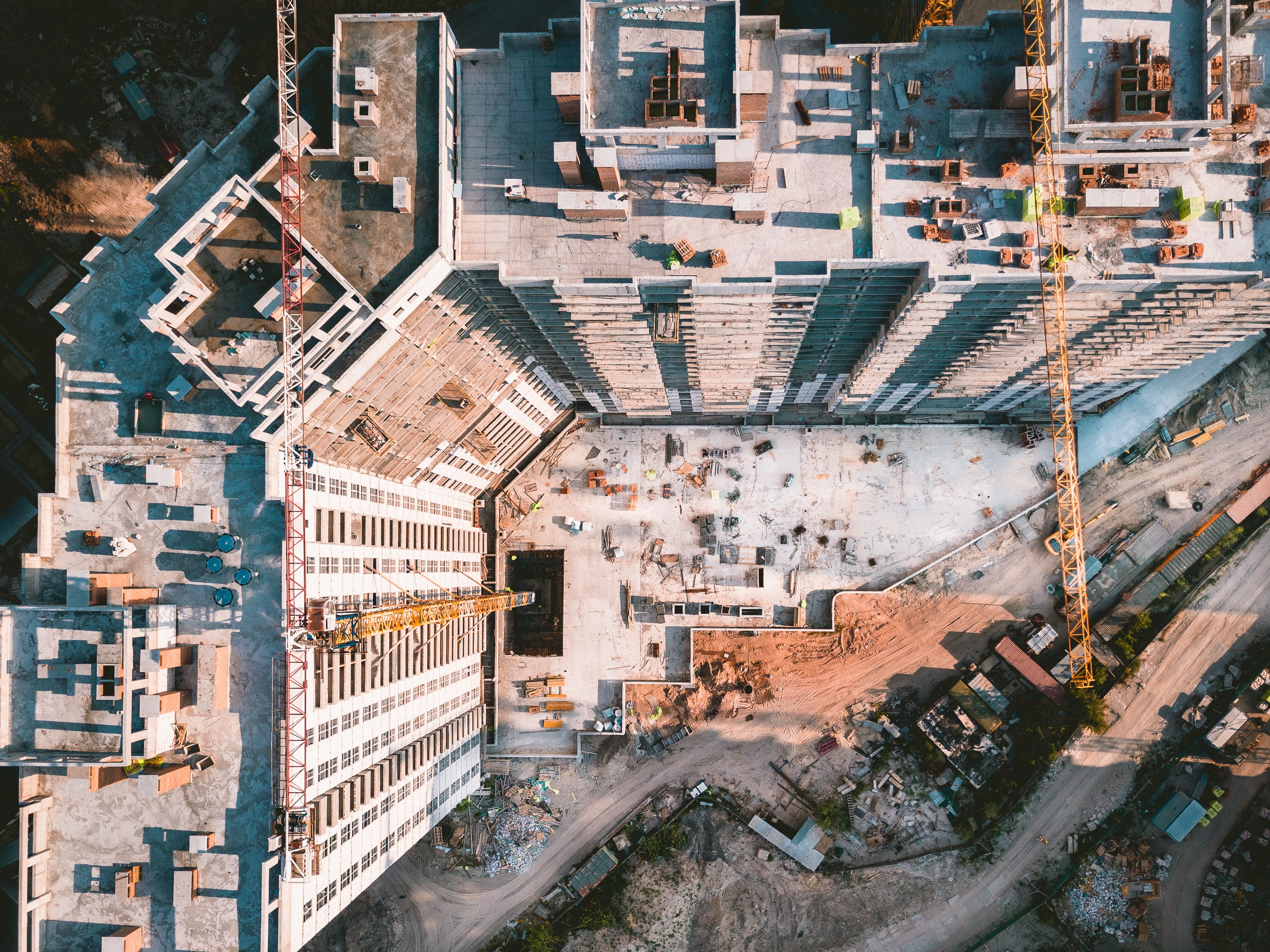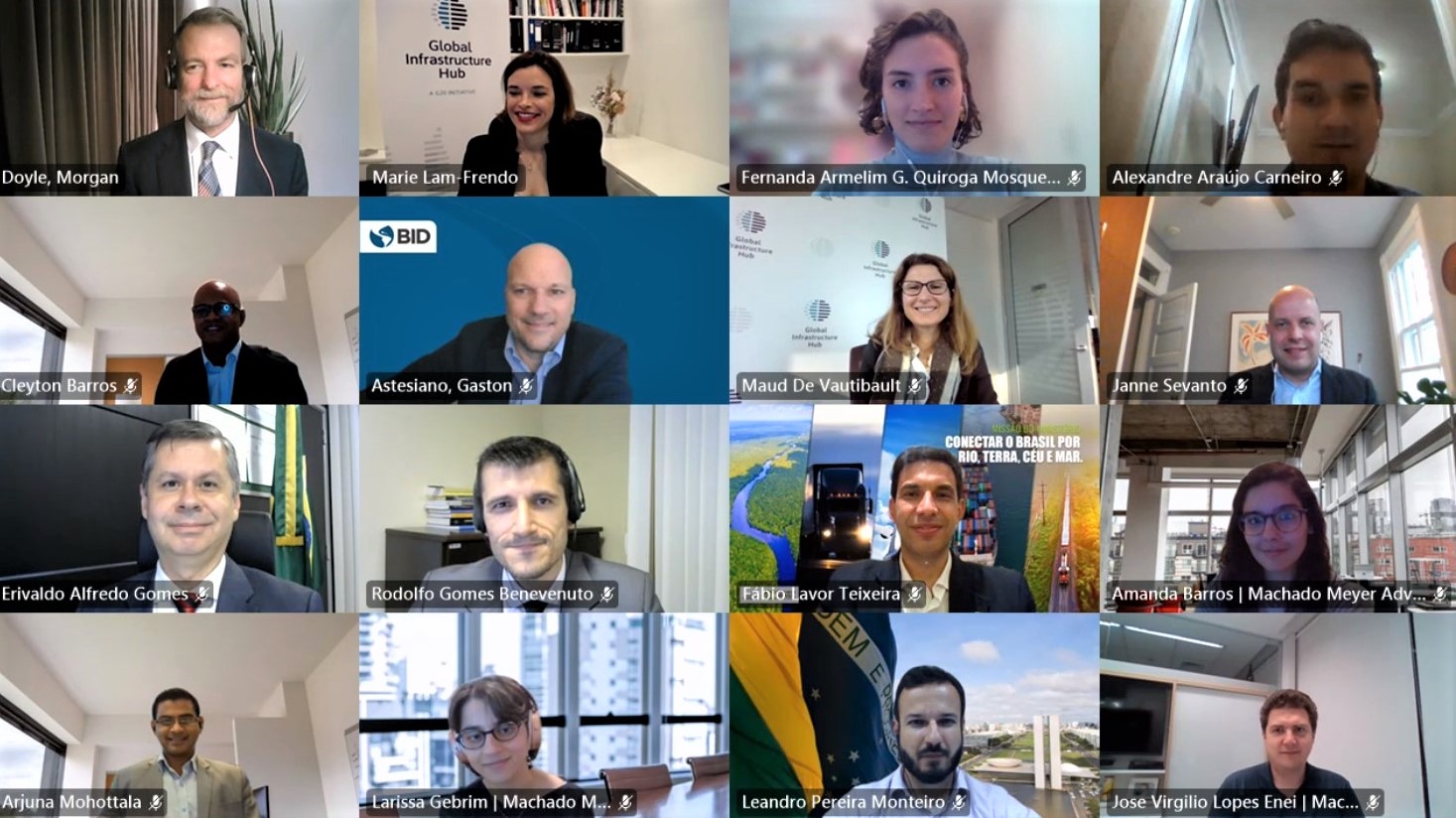212 results found
Sadek Wahba explores four infrastructure related themes that were re-affirmed at COP26 to deliver on a net zero future
The infrastructure sector needs to make a fundamental shift from built solutions that address singular problems to those that address multiple transformative outcomes.
The pandemic increased inequalities among vulnerable people and highlighted gaps in access to financing and services in every country. Simultaneously, the climate crisis is still at ‘code red’. From every vantage point, it is clear that we need to get the most possible out of the unprecedented level of infrastructure as a stimulus.
Can investment in infrastructure fuel economic recovery? Is there a role for infrastructure in the transition to a circular economy? Hear what insights GI Hub's CEO, Marie Lam-Frendo shared in this interview for the official G20 Italy: The 2021 Rome Summit publication.
Cities are at the forefront of the pandemic crisis and are key players in the fight to achieve net-zero emissions targets. The recovery choices they make today will set urban agendas for years to come.
Infrastructure is one of the least technologically transformed sectors of the economy and there is a global consensus that our industry needs innovation to solve big challenges like the resilience of infrastructure during future pandemics, the rise of climate change, urbanisation, and an ageing population
In 2019, Irish electricity company ESB was seeking a solution to help them understand the structural health of its 47-year-old Turlough Hill pumped storage station, which generates up to 292MW into the Irish grid during peak demand periods and – as Ireland’s only pumped storage station – has a crucial role in the country’s ongoing transition to renewable energy grid stabilisation.
With a USD3.7 trillion global infrastructure investment need that continues to widen, and government debt levels substantially higher than they were after the global financial crisis, recent infrastructure bond issuances offer valuable lessons.
The US Senate has passed the $1 trillion Infrastructure Investment and Jobs Act, the ‘historic’ bill promises vital investment in areas from roads, bridges and trains to broadband access and clean drinking water.
What role should an Infrastructure Commission play in Northern Ireland? Could it help build a pathway to net zero? And what signal would it give to the private sector? GI Hub speaks to Kirsty McManus and Richard Johnson of Northern Ireland's Ministerial Advisory Panel on Infrastructure for answers on these questions and more.
As countries announce major infrastructure packages to stimulate their post-pandemic recovery, the sector faces two substantial and related challenges: climate change and a funding shortfall, writes Marie Lam-Frendo, Chief Executive Officer of the Global Infrastructure Hub.
In 2018, the City of Nice in southern France signed a 25 year contract with IDEX to design, finance, realise, operate, and maintain a heating and cooling network as well as to implement a smart grid for energy efficiency. IDEX is implementing this project in the 500,000m2 Nice Meridia district, which is home to office space, retail, leisure, housing, schools, and a hospital.
Delivering quality infrastructure will increasingly become a key priority for governments globally, requiring substantial investment from both the public and the private sectors.
Infrastructure projects are capital-intensive and emerging countries often rely on private investment to implement them. As projects generate revenues in local currency (usually escalated by local inflation), the mismatch between the revenues and the debt service in foreign currency represents a major risk. Without a reliable mechanism to properly mitigate the foreign exchange (FX) risk, relevant sources of potentially long-term and less expensive funding are not accessible. A deep assessment of the FX risk and the development of innovative mitigatory solutions is critical to amplify the offer of long-term credit facilities for infrastructure financing.
In March 2021, the Global Infrastructure Hub (GI Hub) and Infrastructure Australia hosted the inaugural International Forum of Infrastructure Bodies (I-Bodies). The golden thread running throughout the forum was the pivotal role I-Bodies play in either strategic planning for infrastructure or funding and financing infrastructure in their jurisdictions.
Transparency International Australia is launching a new project to identify the loopholes that enable corruption to thrive in the infrastructure sector in the Asia-Pacific region. The first step in this project is the development and testing of a new tool, to help understand corruption risks in transnational infrastructure projects in the Asia-Pacific region. The Infrastructure Corruption Risk Assessment Tool will help its users identify, assess and address corruption risks in the process of approving infrastructure projects. The global demand for infrastructure, and many governments’ eagerness to facilitate large volumes of infrastructure spending, means this tool comes at a critical time. Many countries, including the UK, Australia and France, as well as countries in the Asia-Pacific, have responded to the economic downturn caused by the coronavirus pandemic with commitments to boost infrastructure spending. While this increased funding is welcome, it comes with an increased risk of corruption.
Brazil is positioned to attract more private sector investment into infrastructure and to bring further bankable projects to market following an 18-month engagement program between the Global Infrastructure Hub (GI Hub) and the Brazilian Government.
Institutional investors are facing growing calls for a stronger engagement in development, in particular for infrastructure, climate and social investments. The investment requirements for global sustainable development are huge. State budgets are already stretched in most emerging markets and developing countries (EMDE), with tax bases weakened and public debt piling up.
In this blog, Svetlana and Roberto discuss the major cross-border projects currently being planned and delivered with Russia’s involvement, and the importance of comprehensive quality assessment in delivering these projects. Their discussion practically illustrates several elements of successful cross-border project delivery that are detailed in the GI Hub’s cross-border reference guide, Connectivity Across Border.
Latin American and the Caribbean countries have a large, and increasing, infrastructure quantitative, qualitative and efficiency gap. The lack of sufficient physical assets, inadequate maintenance and poor service provision negatively impacts the quality of life of its population and the competitiveness of its economies.




 Transformative Outcomes Through Infrastructure Investments
Transformative Outcomes Through Infrastructure Investments



















